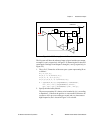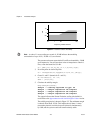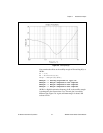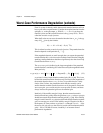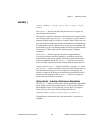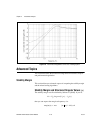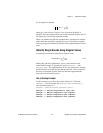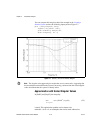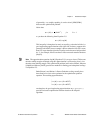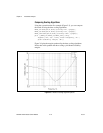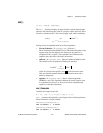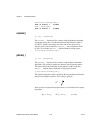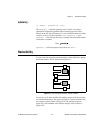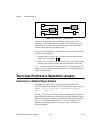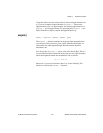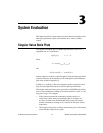
Chapter 2 Robustness Analysis
© National Instruments Corporation 2-13 MATRIXx Xmath Robust Control Module
of generality—so, roughly speaking, it can be solved. [SD83,SD84]
discusses this optimization problem.
Notice that:
so you have the following from Equation 2-5:
This inequality is thought to be nearly an equality, so that the left side is a
good engineering approximation to the right side. No theory supports this
generally held belief, but no example is known where the left side is more
than 15% larger than the right side. Equality can be shown to hold provided
k ≤ 3—for example, if there are three or fewer uncertain transfer functions
[Doy82].
Note The approximation equation of μ(M) (Equation 2-5) is an upper bound. This means
that the stability margin calculated using this approximation is conservative, that is, less
than the actual stability margin. This optimization problem itself can be difficult. Osborne
[Osb60] and Safonov [Saf82] provide two methods for finding good suboptimal scalings
for Equation 2-5.
Both Osborne’s and Safonov’s Perron-Frobenius scalings usually have
been found to be close to the optimum for the optimization problem
equation. The resulting approximations,
are thought to be good engineering approximations to μ.
optscale( )
provides an iterative optimization function based on the ellipsoid
algorithm.
σ
max
M() σDMD
1–
()= for D 1=
σ
max
M()μM()≥
u
ˆ
OS
M() σ
max
D
OS
MD
OS
1–
()=
u
ˆ
PF
M() σ
max
D
PF
MD
PF
1–
()=



